In addition to our traditional Tag & Release Program, The Billfish Foundation also funds and participates in satellite tagging. Satellite tagging differs from traditional tagging in that the tags administered convey finite, real-time information to researchers. Where traditional tagging generally reports long-term habits of billfish, satellite tagging can provide more specific, short-term data.
One of our scientists, Dr. John Hoolihan explains that “conventional tagging data is limited in that it only provides points of release and recapture. In contrast, electronic tagging data provides tracking details of where a fish actually traveled. In the case of pop-up satellite archival tags, built-in light sensors are used to derive geolocation estimates of latitude and longitude. This information can reveal insights into behaviors such as roaming and migrations. In addition, pop-up tags have depth and temperature sensors that reveal diving activities, habitat preferences, and other behavioral characteristics.” As such, both types of tagging are vital to creating a robust, full understanding of billfish to be used for management and conservation.


TBF has been involved with satellite tagging trips for many years and is enormously proud of the research that has been done as a result. We have participated in satellite tagging all over the world, from studying white marlin in the Northwest Atlantic to sailfish in the East Pacific. From these trips, we have learned robust and varied information, including the vertical movement habits of sailfish, post-release behavior of specific marlin species, and vertical habitat use of blue marlin as it relates to longline gear.
Our most recent trips out of Palm Beach, Florida and Magdelena Bay, Mexico were a success, with numerous sailfish and marlin being tagged. These tags collected data for about a month and tell us an enormous amount of information on sailfish migratory patterns.
Previously, we have satellite tagged blue marlin in the Gulf of Mexico, and you can check out the video below.
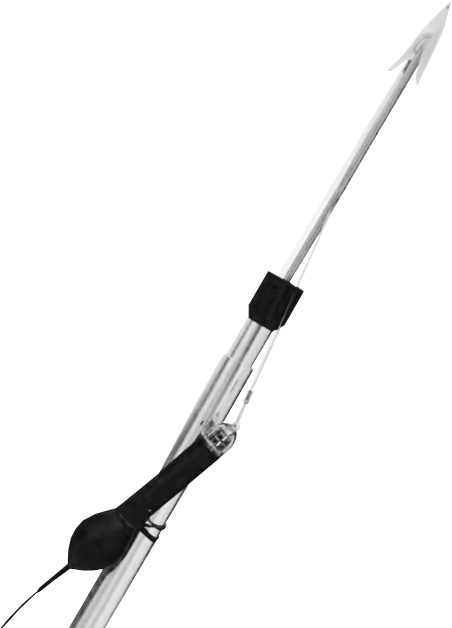
Satellite tags come standard with a magnet taped on the side. The second that the magnet is removed, the tag will begin to record data. It is extremely important that the magnet is removed only once the tag has been securely deployed. Satellite tags are deployed the same way as traditional tags, as they are inserted into the fish using a tag stick. They have a larger tag head as the satellite tag itself is much heavier than a traditional tag. That way, there is less of a change for the tag to pop off prematurely. Proper placement is essential to maxing out the time a tag can stay on the fish. Ideal tag placement is the area along side the billfish’s dorsal fin. Once the tag is placed, the fish is carefully released.
Learn more tagging information by visiting the links below.
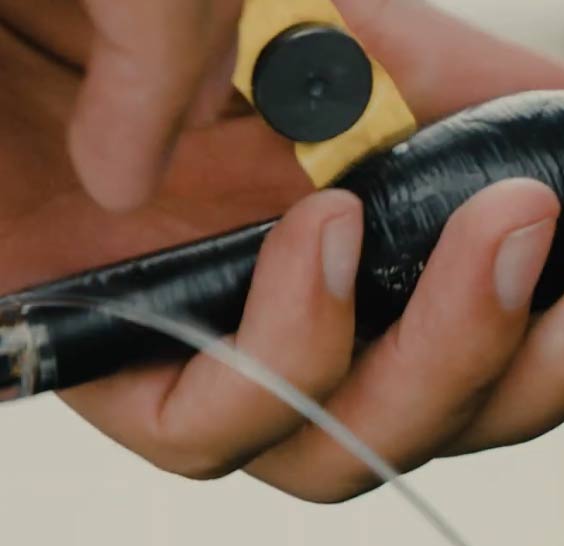
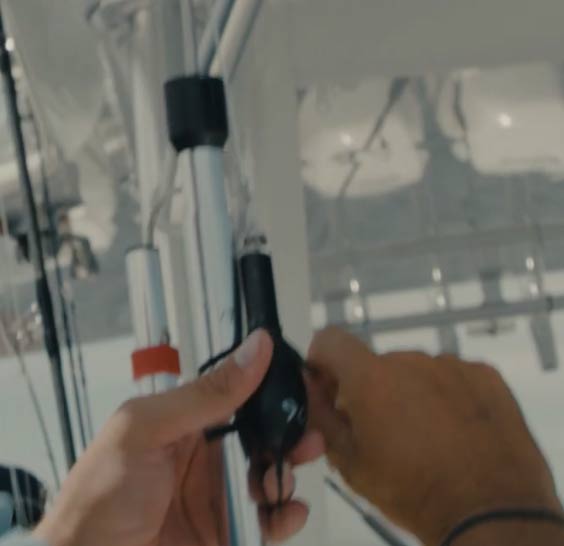
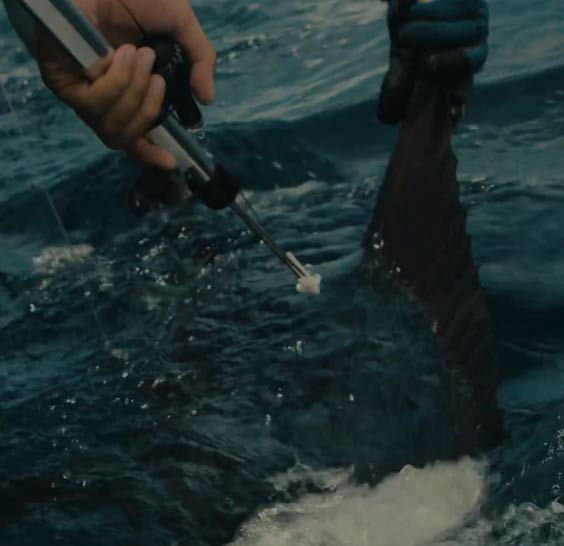
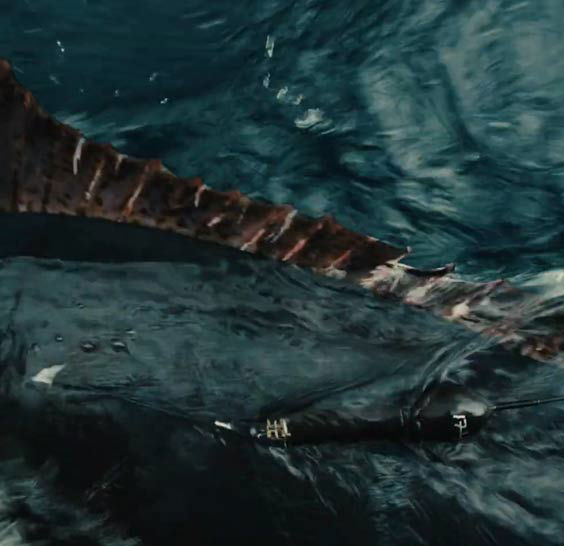
Though much research has been done through our satellite tagging efforts, there is still a great amount of information to learn. We are continually discovering new information regarding migration patterns and behaviors, and it’s only through these projects can we hope to learn more. If you are interested in sponsoring or participating in a satellite tagging expedition with The Billfish Foundation, contact us at [email protected].